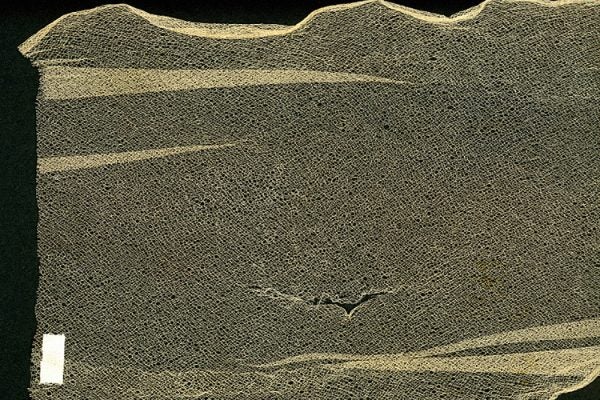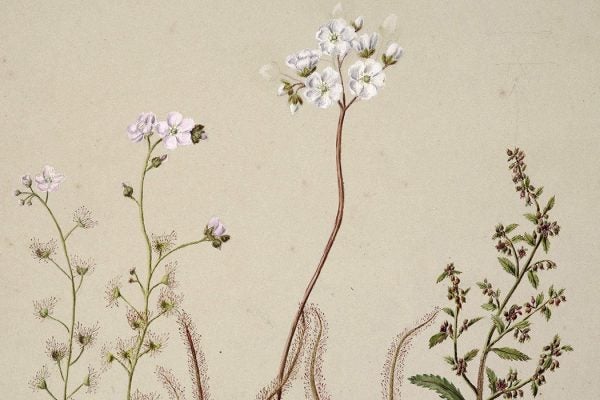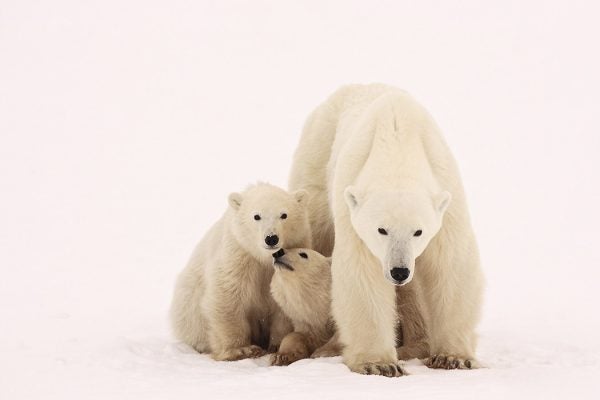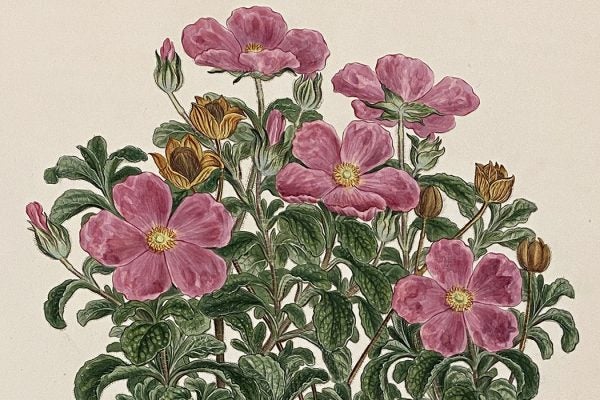Lacebark as a Symbol of Resilience
For the enslaved people of Jamaica, the lacebark tree was a valuable natural resource and a means of asserting one's dignity.
Plant of the Month: Sundew
Beautiful but deadly, the carnivorous sundew has long fascinated amateur and expert botanists alike—and may possess untapped medicinal value.
When Too Many Fish Causes a Conservation Problem
Marine reserves may solve a common but challenging bycatch problem in fisheries.
Angry Birds: Climate Change and Avian Migration
Temperature fluctuations throughout the years are affecting bird migration and mating, with sometimes violent results.
Plant of the Month: Hyacinth
A 2021 shortage of hyacinth bulbs brings to mind the long and storied history of its botanical and economic import.
Using Thoreau’s Notebooks to Understand Climate Change
Thoreau's time at Walden Pond has provided substantial data for scientists monitoring the effects of a warming climate on the area's plant life.
Cows Gone Wild: The Cattle of Heck
Returning large, wild herbivores to Europe could help maintain soil health and discourage invasive species, but these cows have some political baggage...
Forests as Fuel: Is Bioenergy Carbon Neutral?
Can using forest harvests for biofuel be carbon neutral? A case study of the Northern Forest appears to say "no."
Are Polar Bears Altruistic or Just Bad At Math?
Polar bear mothers are known to adopt and raise cubs from non-related litters. Why do they make a multi-year commitment to do it?
Plant of the Month: Cretan Rockrose
Cretan rockrose has been used as a medicine for millennia. Its unusual harvesting methods were documented by the ancient historian Herodotus.









